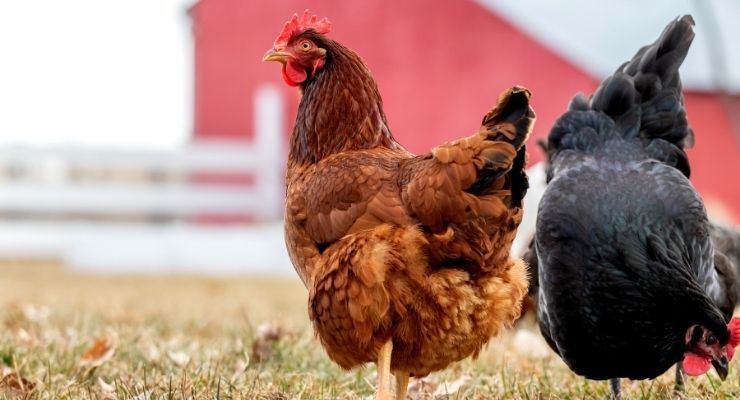
Chickens are a significant source of how a lot of us get our protein, whether by eating them or their eggs—after all, they are a popular bird.
Though this barn or backyard animal appears in almost all farm references, these birds have hidden depths. Here are some interesting facts about chickens that you should know that may shift your thinking on these animals.
- Feelings: Though birds generally give off a bit of a blank stare that makes you wonder what they’re thinking. Chickens, however, can both feel and show empathy.
- Communication: Chickens and roosters can communicate with each other; more specifically, they speak to one another. The rooster also announces when he’s located food through tidbitting, which is sort of a dance.
- Mating: They choose their mates (or, at least, who fathers their offspring). Even after the mating process, a hen can reject a specific rooster’s sperm and deny egg fertilization.
- Subconscious: Chickens have a pretty active subconscious. Not only can they dream, but they can also be hypnotized.
- Purpose: Chickens and eggs contribute largely to the ways we, as humans, obtain protein. They are some of the most basic foods we consume; however, many believe that chickens were originally domesticated for another reason. Research suggests that chickens were likely used for cockfighting long before they were eaten.
- Ability: Most of the time, when we see these creatures, they’re walking around looking for seeds, grains, and insects or sitting in a nesting area. Though this land-based movement is common, their wings aren’t completely obsolete. Chickens actually can get into the air for short distances—enough to get over a fence or into a tree, as well as back down to the ground.
- Diet: Chickens are omnivores, meaning they will consume both plants and meat. Not only are they eating those seeds and bugs, but they will also eat mice and small lizards.
- Feelings: Though birds generally give off a bit of a blank stare that makes you wonder what they’re thinking. Chickens, however, can both feel and show empathy.
- Communication: Chickens and roosters can communicate with each other; more specifically, they speak to one another. The rooster also announces when he’s located food through tidbitting, which is sort of a dance.
- Mating: They choose their mates (or, at least, who fathers their offspring). Even after the mating process, a hen can reject a specific rooster’s sperm and deny egg fertilization.
- Subconscious: Chickens have a pretty active subconscious. Not only can they dream, but they can also be hypnotized.
- Purpose: Chickens and eggs contribute largely to the ways we, as humans, obtain protein. They are some of the most basic foods we consume; however, many believe that chickens were originally domesticated for another reason. Research suggests that chickens were likely used for cockfighting long before they were eaten.
- Ability: Most of the time, when we see these creatures, they’re walking around looking for seeds, grains, and insects or sitting in a nesting area. Though this land-based movement is common, their wings aren’t completely obsolete. Chickens actually can get into the air for short distances—enough to get over a fence or into a tree, as well as back down to the ground.
- Diet: Chickens are omnivores, meaning they will consume both plants and meat. Not only are they eating those seeds and bugs, but they will also eat mice and small lizards.
Next time you look at one of these avian creatures, remember the interesting facts about chickens that you should know. After all, these are the closest connection we have to the beasts of prehistoric times.



